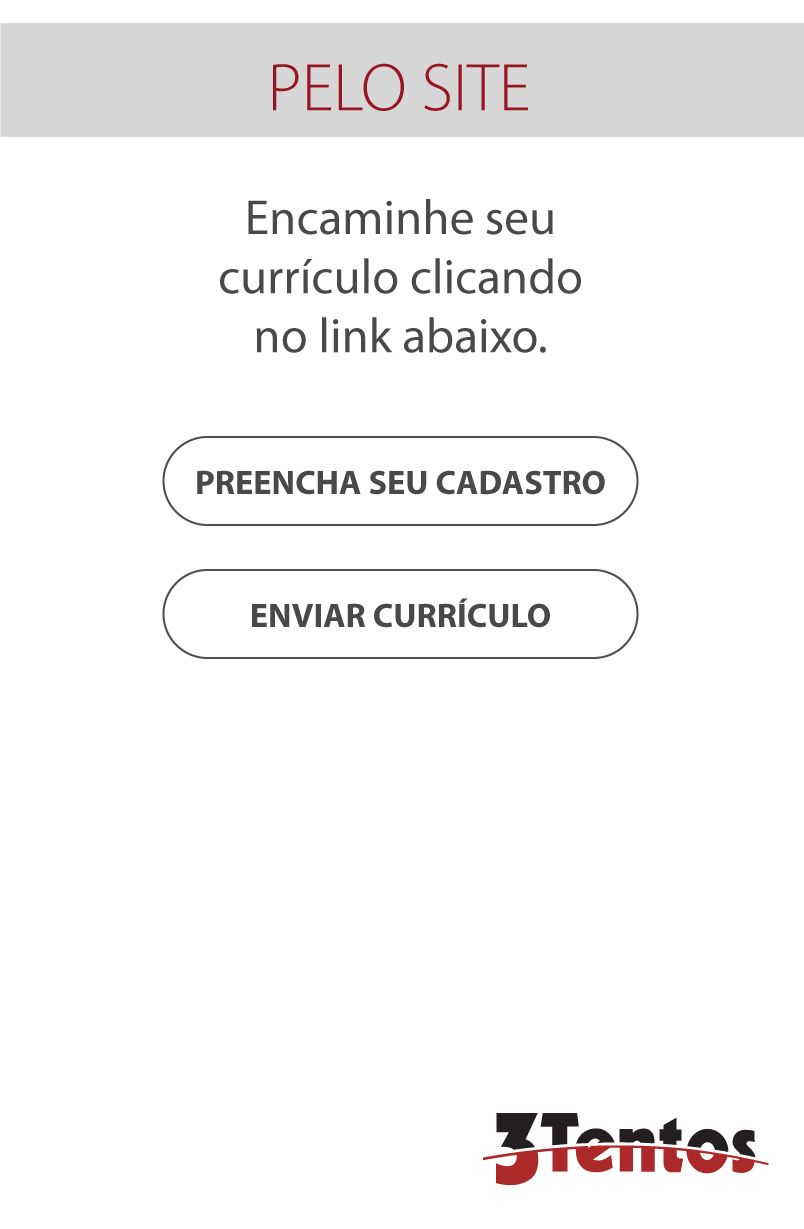Caterpillars are pests that pose a significant threat to soybean crop productivity. When not properly controlled, they can cause crop losses of up to 75.8%, seriously compromising the producer's income. These chewing insects attack the plant in different ways, from defoliation to damage to the stem and pods, depending on the species. Their voracity and rapid proliferation make managing these pests a crucial challenge in protecting crops.
Among control strategies, the time of application of the insecticide plays a decisive role. Choosing the correct time of day is not just an operational detail, but a strategic approach that can determine the effectiveness of the product and the success of management. Conditions such as the behavior of the caterpillars, the temperature and humidity of the environment directly influence the efficiency of agricultural pesticides, reinforcing the importance of carefully planning this stage to minimize damage and maximize results in the field.
WHAT IS THE BEST TIME TO APPLY?
Night is the most advantageous period. According to Sebastião Antonio Polato (2011), the interval between 8pm and 4am is considered one of the most efficient. The reason for this is that the lower temperatures and higher humidity in the air help prevent excessive evaporation of the product. Furthermore, plants absorb products better during this period, and caterpillars are more vulnerable.
If nighttime application is not possible, an alternative is to carry out the procedure in the early hours of the morning, before 9 am. At this time, the climate remains milder, with high humidity, which reduces the evaporation of the product and increases its effectiveness, and the caterpillars tend to be more active in feeding, which increases the chances of contact with the insecticide.
However, it is important to pay attention to less favorable periods. You should avoid applying the product between 12pm and 4pm, when high temperatures and low humidity accelerate evaporation, impairing the effectiveness of the insecticide. Additionally, strong winds can disperse the product to unwanted areas, resulting in less control and more work.
Figure 1: Caterpillar destroying the soybean leaf.
For efficient control, it is essential to adopt IPM (Integrated Pest Management), which combines different strategies, such as the use of resistant plants, biological control and chemical control. Among the main active ingredients recommended for caterpillar control are: Abamectin (effective against caterpillars in general), Chlorfenapyr (ideal for larger caterpillars), Methomil and Chlorantraniliprole.
Furthermore, the use of adjuvants in the spray solution is highly recommended, as it improves the penetration and adhesion of the insecticide, increasing control effectiveness, optimizing results and reducing environmental impacts. All of these products are available in the 3tentos Portfolio.
When using a biological insecticide, such as Bacillus thuringiensis (Bt), which works by releasing specific toxins into the caterpillars' digestive system, it is essential to take special care during application. These biologics are sensitive to direct sunlight, which can significantly reduce their effectiveness. Exposure to the sun can compromise the action of toxins and reduce the impact on pests, therefore, it is recommended to apply the insecticide in the late afternoon or at night, when the intensity of sunlight is lower and conditions favor the product remaining on the plant for longer. Chemical insecticides also require attention, as high temperatures and low humidity can reduce their efficiency, compromising the results in pest control.
To guarantee effective and lasting results in the fight against caterpillars, it is essential to plan the application at the right time and, to increase the effectiveness of the product and alleviate loss during application at less suitable times, adjuvants can be added to the application tank. The adjuvant will change some properties of the syrup, accelerating plant absorption and reducing exposure to climatic factors and losses, increasing efficiency.
In this way, when applying at the end of the day or in the early hours of the morning, you take advantage of the best environmental conditions, ensuring greater efficiency and protection for the crop in a sustainable way.For more information, contact a 3tentos consultant.
Text written by Julia Eduarda Aquino and Luiz Henrique Manfio, members of AGR Jr. Consultoria Agronômica, Junior Company of the Agronomy Course at UFSM Campus Frederico Westphalen, under the guidance of professor Gizelli Moiano de Paula.
References
DEBORTOLI, M.P. Effect of rainfastness and adjuvant in the application of foliar fungicides in soybean cultivars. 2008. 57 f. Dissertation (Master’s in Agricultural Engineering), Federal University of Santa Maria, Santa Maria, 2008.
FIELDVIEW TEAM. How to control caterpillars in soybeans and avoid damage to the crop. blog Equipe FieldView, 2023. Available at: https://blog.climatefieldview.com.br/controle-lagartas-soja. Accessed on: 04 Jan. 2025.
KUHN Brazil. How to choose the best time to concentrate. Kuhn Brasil, 2025. Available at: https://www.kuhnbrasil.com.br/noticias/como-escolher-o-melhor-horario-para-pulverizacao.Accessed on: 04 Jan. 2025.
POLATO, SA; OLIVEIRA, NC Efficiency of fall armyworm control in corn crops depending on different insecticide application times. Campo Digital Magazine, v. 1, 2011. Available at: https://revista2.grupointegrado.br/revista/index.php/campodigital/article/view/1107. Accessed on: 04 Jan. 2025.
UNESP. Sensitivity of Bacillus thuringiensis to sunlight and recommendations for use. Available at: https://repositorio.unesp.br/bitstreams/bf24ad9b-dafe-457e-bda1-db018e4b15a7/download. Accessed on: 23 Jan. 2025.
3TENTS. INSECTICIDES. Defensivos Químicos, 2025. Available at: https://www.3tentos.online/insumos-para-lavoura/defensivos-quimicos/inseticidas. Accessed on: 22 Jan. 2025.mm
Referência da imagem de capa: Reprodução/Brasmax




